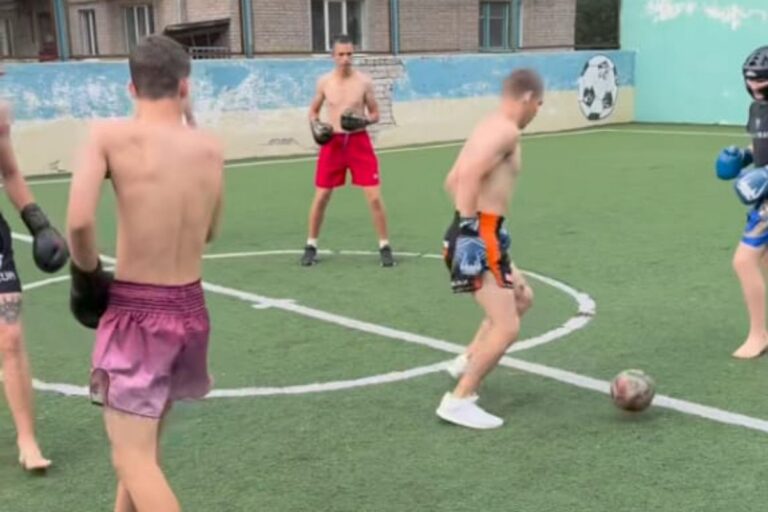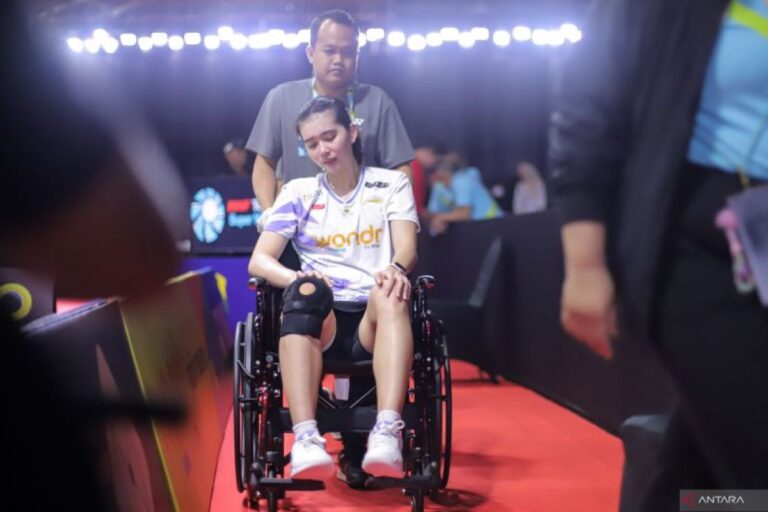
Jakarta (ANTARA) – Recently, the traditional Paculane Regatta has returned to the public spotlight. Across social media, footage has circulated of young rowers compactly twisting their arms and swinging their bodies to keep balance on their line as they hurtle along the Kuantan River, Riau.
Their actions not only attracted the attention of the Indonesian people, but also attracted the interest of foreign content creators who imitated these distinctive movements. It is no surprise that this local tradition has now become a hot topic of conversation on various digital platforms.
The tradition of Pacu Lane has a deep philosophical meaning for the people of Kuantan Singingi, Riau. Much more than a long boat race.
Pacu Lane reflects the values of togetherness, fighting spirit and respect for nature that have supported them for hundreds of years.
However, what is the true meaning of each Pacu Lane movement and tradition? Check the explanation which has been compiled by the official website kemenpar.go.id.
Read also: Learn about the long and sacred process of building boats along the Pacu Riau route
The meaning and philosophy of the traditional Pacu Lane movement of Kuantan Singingi Riau
The Pacu Lane tradition, in fact, is not just an event of long regattas full of enthusiasm. Behind it there are noble values and profound philosophies that are passed down from generation to generation.
Even in the process of creating the route for a typical Kuantan longboat, there are special rituals that must be performed. Before cutting down the large trees as raw material for the route, residents perform a traditional ceremony to ask permission and respect nature, especially the forest from which the wood is taken.
A line is usually manned by 50-60 people, each of whom has an important role. There is the Concang craftsman who acts as the foreman and organizer of the signals, the belt maker as the helmsman, the Onjai maker who maintains the rhythm of the strokes by shaking his body, and the Anak Coki or dance builder who is at the forefront.
The interesting thing is that the position of Anak Coki is generally held by children. The reason is quite simple but important: since their body weight is lighter, the boat can go faster and more stable. The dance movements they perform are not only entertainment, but are also full of meaning.
Read also: History and meaning of Pacu Lane, a Riau tradition that went viral thanks to aura farming
When their line leads the race, Coki’s children will dance with enthusiasm. As soon as they touched the finish line, they immediately bowed in gratitude at the end of the boat as a form of gratitude to the Creator.
Each of Anak Coki’s movements has its own philosophy. For example, saluting the river is a form of respect for Batang Kuantan, the river which is the source of life.
Small, agile steps illustrate the agility and harmony in the life of coastal communities. Meanwhile, the upward movement of the open hands symbolizes gratitude for the security and blessings of a bountiful harvest. These dances are usually accompanied by traditional music such as drum beats, gongs and horns which liven up the atmosphere.
These rhythms not only accompany, but also describe the spirit of struggle and union that is the main breath of Pacu Lane.
Recently, the lively actions of the little dancers on the floor once again went viral on social media. One of them is through the “Aura Farming” trend, which shows the confident spirit of the dancer with his signature movements, attracting millions of viewers from various parts of the world.
With all its uniqueness and rich meaning, it is no surprise that the Pacu Lane Festival is always eagerly awaited by many people, both local residents and tourists.
Read also: Aura Farming Trend on TikTok: Viral trail racing movement gone global
Reporter: Sean Anggiatheda Sitorus
Publisher: Suryanto
Copyright © ANTARA 2025
Automatic retrieval of content, crawling or indexing by artificial intelligence on this website is strictly prohibited without written permission from ANTARA news agency.



